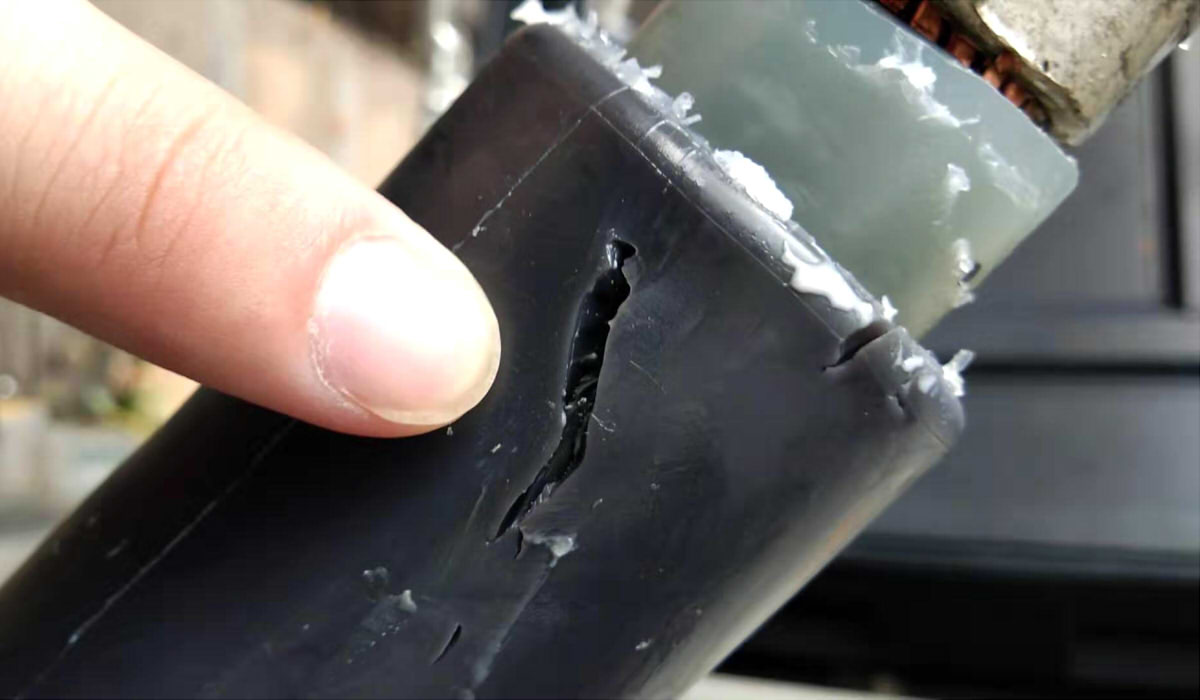According to the study, the most frequent accidents caused by cables are due to aging or damage to the insulating cover. Wire insulation failure can easily cause power outages and leakage. And it results in serious economic losses and creates a security risk. So, is it possible for the outer sheath of the cable to repair itself like human skin?
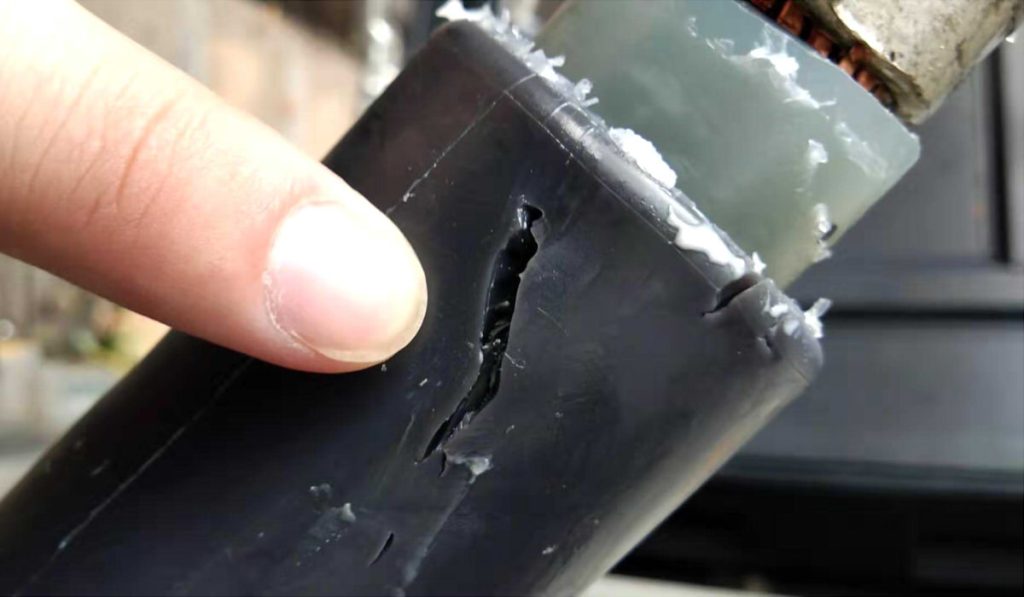
Currently, There are three main methods of repairing cable insulators: fluid fill repair, repair by heat welding and repair by heat shrink tubing. Using existing repair techniques to repair cable insulation is not efficient enough. And it is also based on troubleshooting technology, which may be difficult to achieve in practice.
In this context, the development of new self-healing cable insulation materials has become a hot topic.
Cable Insulation Characteristics
The main types of electrical cable insulation are polyvinyl chloride (PVC), polyethylene (PE), polypropylene (PP) and cross-linked polyethylene (XLPE). The common advantage of these materials is that they have excellent insulating and mechanical properties.. Nevertheless, their common drawback is that none of them are smart like conventional polymeric materials.
Even minor aging damage can deteriorate the performance of the material. And with the time, small damages increase and end up causing a total loss of mechanical or insulating properties.
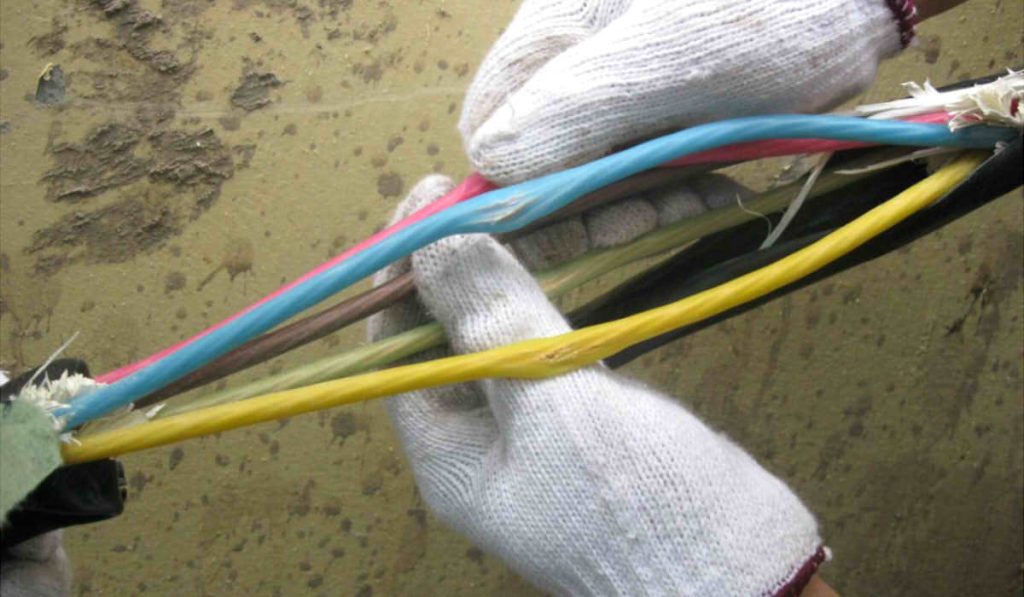
Self-Healing Technology for Insulated Cables
Self-healing technology is a new type of technology that allows objects to repair themselves when damaged. The development of self-healing polymer-based composites is in line with the trend towards multifunctional composites. These self-healing composite materials allow cracks in the material to be repaired in time, maintaining its performance and extending its useful life. It also has a positive effect on expanding the field of application of the material..
Current self-healing techniques include restorative and non-restorative repair methods.
Self-healing with Restorative Agents
The self-healing function of polymer-based composites is achieved, for example, embedding in the composite material microcapsules or fibers filled with repairing agents.
Buried microcapsules or liquid core fibers will rupture in response to crack stresses releasing repair agents.. Will polymerize on contact with the pre-embedded catalyst and bridge the crack. This makes it possible to repair the crack and maintain the original properties of the insulating wire..
The advantage of this method is that it allows an autonomous and specific repair for each place. Its disadvantage is that it is difficult to prepare and can only be repaired in one pass.. Stability, sensitivity and homogeneity of microcapsules are not easy to control.
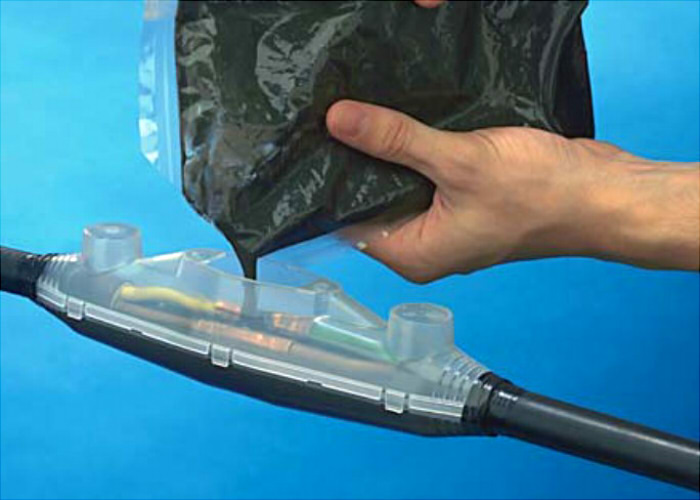
Self-healing without Restorative Agents
Self-healing of cable insulation without repair agents is mainly achieved by dynamic chemical bonding (for example, covalent bonds thermally reversible) or supramolecular forces.
Self-healing by dynamic chemical bonding allows the damaged cut surface to heal under dynamic chemical bonding. The advantage is that it can be repaired many times. The downside is that dynamic chemical bonding requires conditions such as heat or light to occur..
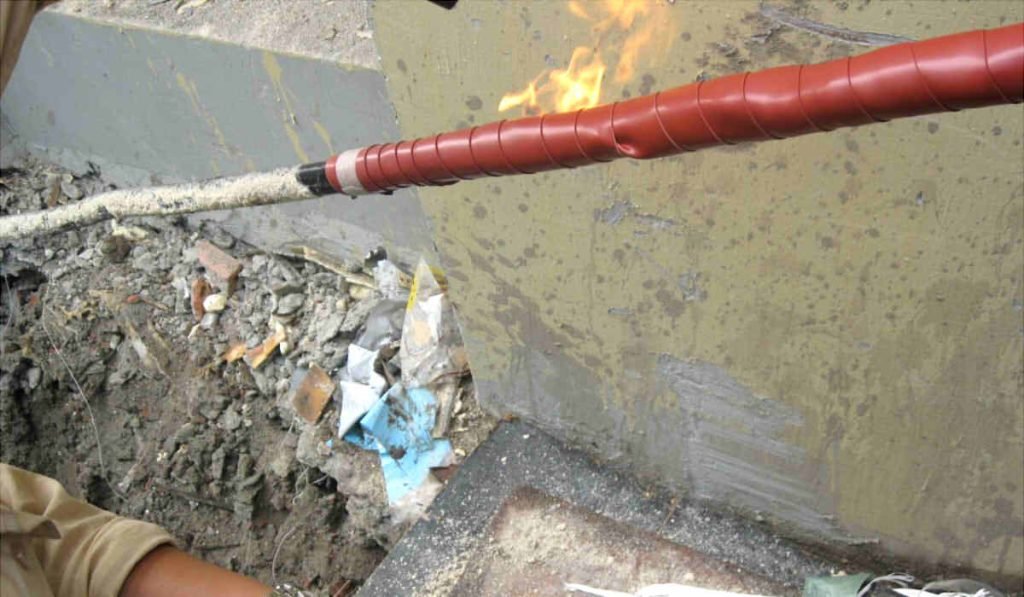
Self-healing by supramolecular forces is accomplished by interactions of supramolecular forces such as hydrogen bonding and electrostatic forces.. The advantage is that it is autonomous and can be repaired several times without being stimulated by external conditions..
The Future of Insulated Cables
Self-healing properties are an essential concern in the development of new electrical cables. Relevant material manufacturers are working on the development and manufacture of new composite materials. Los wires and cables for electricity of the future will undoubtedly use more suitable and safer insulating materials.

